Sacred Art of Nepal: Nepalese Paubha Paintings
Synopsis
Sacred Art of Nepal is not a catalogue of Nepalese Museum or Art Gallery. The paubhas and thankas produced here are samples of Newar artists' contributions in the past as well as the present. We have produced here some paubhas (Newar) and thankas )ethnic Tibetan) from contemporary artists, which give us a picture and scene that had been transmitted since more than a thousand years ago. For the casual reader, one might find difficulty in differentiating paubha and thanka. The purpose of this monograph is to arouse a global awareness of the fact that the Newar paubha is the precursor of Tibetan thanka painting It has been a tradition in the west to believe that the paintings created in thanka factories by Nepali boys are fake and are quite often badly finished paintings and hence they do not benefit Tibetans, Tibetan art and culture or western Buddhist practitioners. It is said that they have no religious value. This notion is a gross mistake. Not all the paintings by Nepali artists are of that kind. It is because they are not familiar with genuine Nepali artists on whom they comment. The paubha or thanka paintings as a Himalayan art has been an important focus of study in Western Universities and Indo-logical institutions of the world. Westerners visit Nepal and Tibet and return to their countries with the memories of their cultures, habits, environment and so forth. Paubha or thanka painting is one of the many cultural traditions which were handed from generation to generation till today. It seems that exemplars of these traditions are well-received by westerners. In the past, paubha painting was a sacred art and its production was itself a form of religious sadhana. Because of its sacred character those paintings were placed in monasteries and temples where profound respects were paid them as objects of devotion and meditation. For the production of those works or art the artists had to observe strict discipline following initiation from a realized master. But in modern times these practices have been almost forgotten. As a result, artists began to create works of art of inferior quality. Some artists even began to introduce pornographic elements into this sacred art. This is really a deplorable behavior from the part of artists. We cannot blame the artists alone, for in Nepal there is no institution with the authority to assess the validity of art works and bar the distribution of inferior works. The purpose of this monograph is to present a history of Nepalese art and its meaning. The real meaning of these works is lost in oblivion even to artist themselves. Although the production of these art works has been growing fast, the quality has been deteriorating. The artists themselves are ignorant of Nepali style, the history of its development and the uniqueness of the tradition. With this in mind, a book providing information on the history of Nepali art, its meaning, and method of traditional painting is much needed. It is not that there are no books on this subject but such publications are the works of western writers and their cost puts them beyond the reach of local people
Read more
50.40
45.36
$
56.00 $
Free delivery Wolrdwidе in 10-18 days
Ships in 2-4 days from New Delhi
Membership for 1 Year $35.00
Get it now and save 10%
Get it now and save 10%
BECOME A MEMBER


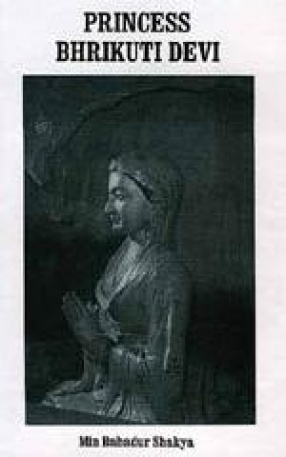
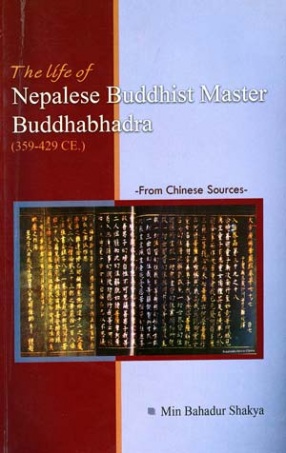
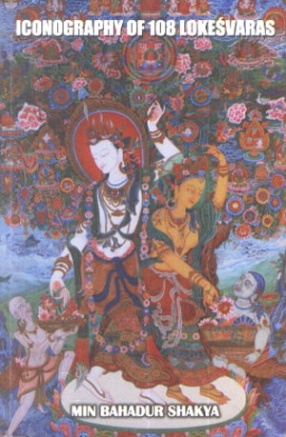
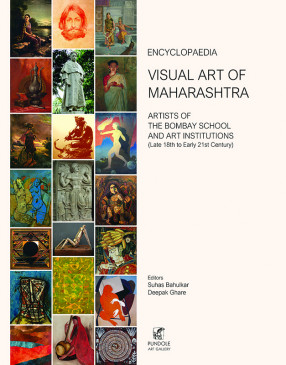
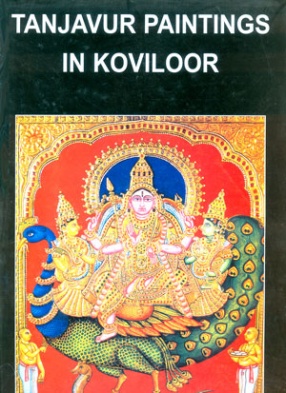
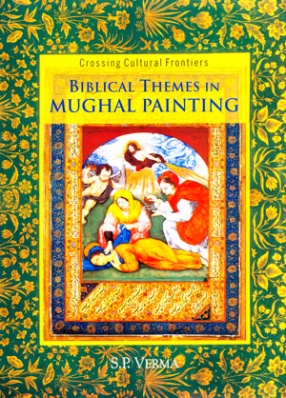

Bibliographic information
Tags